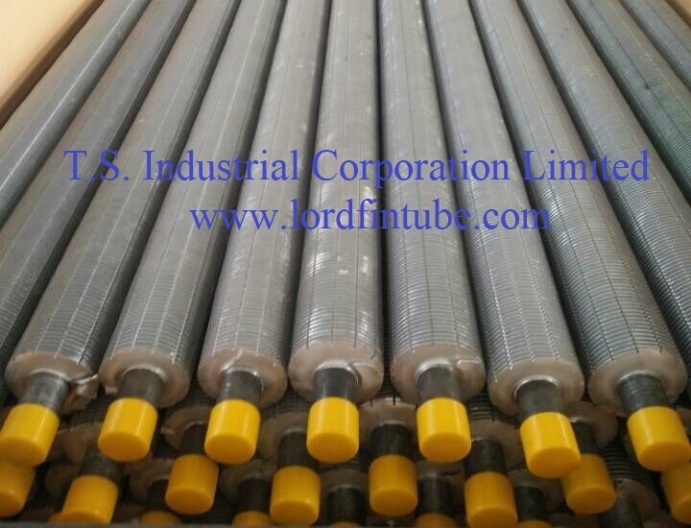Extruded Serrated Type Finned Tube
Extruded Serrated Finned Tubes
What Are Extruded Serrated Finned Tubes?
Extruded serrated finned tubes represent an advanced heat transfer technology that combines two manufacturing processes to create superior thermal performance. These specialized tubes begin as extruded finned tubes, where a thin metal strip is mechanically bonded to a base tube under high pressure. The fins are then precision-machined to create a serrated pattern, dramatically increasing the surface area and creating turbulence in fluid flow.
Manufacturing Process
Why Choose Extruded Serrated Finned Tubes?
These advanced heat transfer components offer up to 40% better thermal performance compared to standard finned tubes. The unique combination of extrusion bonding and serrated fin design creates optimal conditions for heat exchange in demanding industrial applications.
Technical Advantages & Performance Benefits
Enhanced Heat Transfer
Serrated fins increase turbulence, breaking thermal boundary layers and improving heat transfer coefficients by 25-40% compared to smooth fins.
Superior Bond Strength
Extrusion process creates metallurgical bond with tensile strength exceeding 140 MPa, ensuring reliability in thermal cycling applications.
Reduced Fouling
Serrated design minimizes particulate buildup and maintains performance in dirty service conditions.
Material Flexibility
Compatible with various base tube and fin materials including carbon steel, stainless steel, copper, and aluminum alloys.
Standard Specifications & Typical Sizes
Extruded serrated finned tubes are available in various configurations to meet specific application requirements:
Detailed Technical Specifications
| Parameter | Standard Range | ASME SA179 Example | Material Options |
|---|---|---|---|
| Base Tube Material | Carbon Steel, Stainless Steel, Copper Alloys | ASME SA179 | Various grades available |
| Fin Material | Aluminum, Copper, Carbon Steel | SB209 1060 | Custom alloys possible |
| Tube Length | Up to 18,000 mm | 9,144 mm | Custom lengths available |
| Fin Length | Custom to application | 9,044 mm | Precision cut |
| Base Tube OD | 15-50 mm | 25.4 mm | Standard & custom sizes |
| Tube Wall Thickness | 1.5-4.0 mm | 3.404 mm | Pressure dependent |
| Fin Height | 8-20 mm | 15.88 mm | Optimized for performance |
| Fin Thickness | 0.3-0.8 mm | 0.4 mm | Balance strength & performance |
| Fin Pitch | 200-500 FPM | 394 FPM | Application specific |



Industrial Applications
Extruded serrated finned tubes excel in applications requiring high heat transfer efficiency in challenging environments:
Performance Comparison
| Fin Type | Heat Transfer Coefficient | Pressure Drop | Fouling Resistance | Typical Applications |
|---|---|---|---|---|
| Extruded Serrated | Excellent (40% better than smooth) | Moderate | High | High-performance heat exchangers |
| Smooth Finned | Good | Low | Moderate | Standard applications |
| Wrapped Finned | Fair | Low | Low | Low-temperature applications |
| Studded | Good | High | High | Abrasive environments |
Selection Guidelines & Best Practices
When specifying extruded serrated finned tubes, consider these critical factors:

